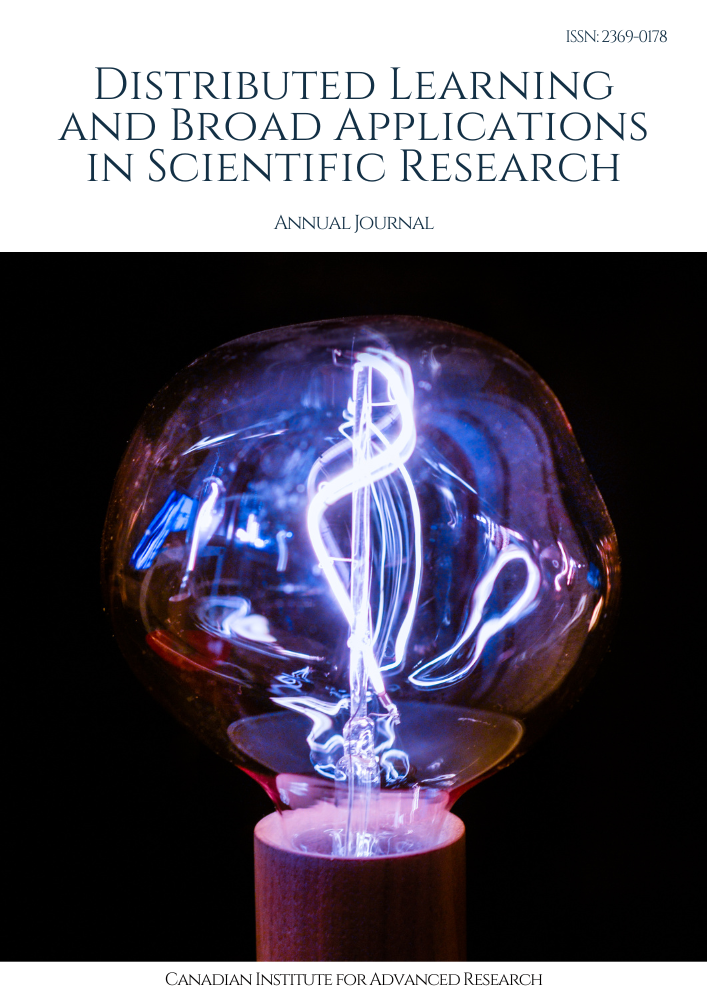Leveraging AI for Dynamic Vehicle Control Systems
Keywords:
Dynamic, Vehicle Control SystemsAbstract
Fueled by the rapid advancements in computational hardware, sensor technology, and machine learning, AI is increasingly adopted for a wide range of vehicle functionalities. Seemingly ever-increasing levels of autonomy, advanced driver assistance systems, and predictive maintenance are entirely built upon AI methods. The automotive sector has seen a considerable history of AI and machine learning applications in the last two decades. A notable point at which AI showed its potential as a transformative technology in automotive was in 2004 when a self-driving car demonstrated its ability to perceive its surroundings and make decisions in real time.
Objectives and challenges. Systems of an advanced AI vehicle must continuously and efficiently process spatiotemporal data to act in real time. In comparison to implementing a more conventional manually designed system, the system should autonomously process real-time data to act in real time. Thus, AI vehicle systems are faced with challenges across various fields, such as machine learning, optimization, and control, among others. In the expansive automotive sector, in its various design and operation aspects, numerous AI vehicles or vehicle systems have been developed. A remarkable example is the work on autonomous robotic systems and predictive maintenance. In addition to these examples, AI ship autopilot systems and highly automated AI systems for drones and other vehicles have additionally been proposed. Taken together, these examples highlight the automotive sector’s interest in self-optimizing AI systems. More recently, AI is increasingly used for adaptive vehicle control systems. For instance, AI has been shown to outperform rule-based predictive energy management systems, and drive cycles improved by AI-based gear shifting show increased accuracy.
Downloads
References
Tamanampudi, Venkata Mohit. "Automating CI/CD Pipelines with Machine Learning Algorithms: Optimizing Build and Deployment Processes in DevOps Ecosystems." Distributed Learning and Broad Applications in Scientific Research 5 (2019): 810-849.
J. Singh, “Understanding Retrieval-Augmented Generation (RAG) Models in AI: A Deep Dive into the Fusion of Neural Networks and External Databases for Enhanced AI Performance”, J. of Art. Int. Research, vol. 2, no. 2, pp. 258–275, Jul. 2022
Machireddy, Jeshwanth Reddy. "Data-Driven Insights: Analyzing the Effects of Underutilized HRAs and HSAs on Healthcare Spending and Insurance Efficiency." Journal of Bioinformatics and Artificial Intelligence 1.1 (2021): 450-470.
S. Kumari, “Kanban and AI for Efficient Digital Transformation: Optimizing Process Automation, Task Management, and Cross-Departmental Collaboration in Agile Enterprises”, Blockchain Tech. & Distributed Sys., vol. 1, no. 1, pp. 39–56, Mar. 2021
Tamanampudi, Venkata Mohit. "Natural Language Processing in DevOps Documentation: Streamlining Automation and Knowledge Management in Enterprise Systems." Journal of AI-Assisted Scientific Discovery 1.1 (2021): 146-185.
Downloads
Published
Issue
Section
License

This work is licensed under a Creative Commons Attribution-NonCommercial-ShareAlike 4.0 International License.
License Terms
Ownership and Licensing:
Authors of research papers submitted to Distributed Learning and Broad Applications in Scientific Research retain the copyright of their work while granting the journal certain rights. Authors maintain ownership of the copyright and have granted the journal a right of first publication. Simultaneously, authors agree to license their research papers under the Creative Commons Attribution-NonCommercial-ShareAlike 4.0 International (CC BY-NC-SA 4.0) License.
License Permissions:
Under the CC BY-NC-SA 4.0 License, others are permitted to share and adapt the work, as long as proper attribution is given to the authors and acknowledgement is made of the initial publication in the journal. This license allows for the broad dissemination and utilization of research papers.
Additional Distribution Arrangements:
Authors are free to enter into separate contractual arrangements for the non-exclusive distribution of the journal's published version of the work. This may include posting the work to institutional repositories, publishing it in journals or books, or other forms of dissemination. In such cases, authors are requested to acknowledge the initial publication of the work in this journal.
Online Posting:
Authors are encouraged to share their work online, including in institutional repositories, disciplinary repositories, or on their personal websites. This permission applies both prior to and during the submission process to the journal. Online sharing enhances the visibility and accessibility of the research papers.
Responsibility and Liability:
Authors are responsible for ensuring that their research papers do not infringe upon the copyright, privacy, or other rights of any third party. Scientific Research Canada disclaims any liability or responsibility for any copyright infringement or violation of third-party rights in the research papers.
If you have any questions or concerns regarding these license terms, please contact us at editor@dlabi.org.



